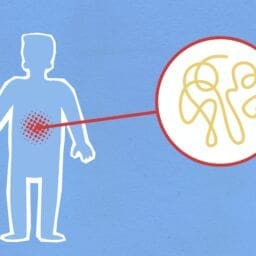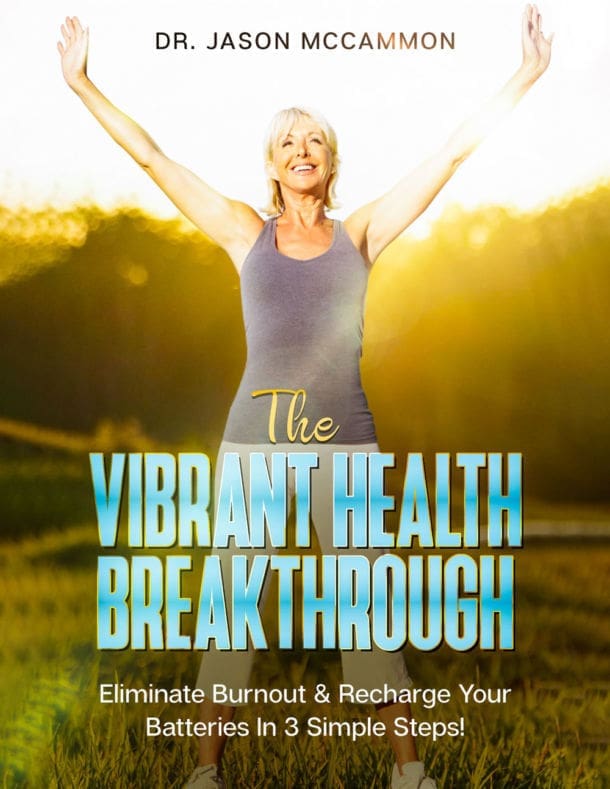
Making Meditation Simple
Meditation is a key component of holistic medicine. A naturopathic doctor discusses simple ways to integrate meditation.
Meditation is one of the most impactful natural medicine tools you can use, yet many do not use this healing modality for a variety of reasons. If you are not employing meditation, you are missing out on a host of benefits with no side effects.
Those of you who may not be familiar with meditation might be intimidated by just the idea of how to do it. Or, maybe you think it’s not worth your time or may not have a significant impact on your health. And what if you have tried it but didn’t feel you were successful? I’m here to offer some simple ways to help you be successful at medication. But first, why bother meditating?
Countless studies both in the US and abroad have proven a wide variety of benefits of meditation. From lowering blood pressure, improving mental health, reducing pain, helping improve sleep, the benefits are numerous and often profound. I will go even further and state that I do not feel you can fully heal the body, mind or spirit, without finding true inner peace. Discovering inner peace requires quieting our mind and taking leadership over our thoughts. What’s the best way to access this? Meditation.
The whole point of meditation is to calm your sympathetic nervous system. While we need this side of our autonomic nervous system, it’s all too often in the driver’s seat of our daily function. Sympathetic dominance means we are in a state of fight, flight or freeze too much. This makes stress hormones surge throughout our body. Excess glucose floods our bloodstream, while the body slows your metabolism, increases sugar and salt cravings, reduces your IQ in order to sharpen reflexes for defense. And, it constantly reminds you of threats to your survival (read: restless sleep and anxiety). Sounds like fun to me!
Mediation helps us access the other side of our autonomic nervous system, the parasympathetic nervous system. In addition to reversing the items listed above, the parasympathetic state relaxes our body, helps us digest food, balance hormones especially the reproductive group, and it helps to normalize our function which is a state called homeostasis or healthy state. Did you know studies have shown that your state of being influences the extent to which your foods benefit your body or not? In other words, in a state of stress (sympathetic state) food has less benefit to your body compared to consuming the food in a relaxed state (parasympathetic state). This may explain why calories are not the only driving factor in obesity, for example. Meditation can help the food you eat do more benefit to your body.
Let’s get into some simple practical ways to start or enhance a meditative practice.
One of the most difficult aspects of quality meditation is being able to push away thoughts and calm the often over active mind. This can take a long time to master. I find it’s much easier when starting out or just needing some guide rails to use some assistance. This might look like guided meditation. This is where a meditative leader verbally walks you through techniques to calm and relax your mind. Typically this involves guidance on breath work, visualizations to focus your mind, and body positions which can also help bring relaxation to the session.
Physical mediation is more for those who feel fidgety. This is a movement based meditation. The goal is still to calm the mind but you try to enter calming with movement. This can be as simple as a walk in nature. We have a powerful connection with nature, since we are a part of nature – we both live in nature and nature lives in us. Thus, we naturally get more calm while out hiking, in a forest, near water, or just about anywhere outside, away from the hustle and bustle of life. The goal with physical meditation is to observe the world around you. Allow nature to take your mind off any stresses. It’s also to just “be.” Just hear, smell, and feel the natural environment around you. Alternatively, if you cannot go outside, you can try a labyrinth rug to lay out in your house. While you are walking around it, you can work on deep breathing.
Music, scent, or water can also be super helpful as these naturally calm the body and mind, helping to induce a state of relaxation. Since our mind is often preoccupied with reminding us of perceived threats (deadlines, things to do, mistakes made, worries about future outcome, etc.) these things can help to “distract” the brain into a calm state. Experiment with different types of music but soft, ambient is the most common. Essential oils such as lavender are helpful. Using water such as bathing or even something as simple as a foot bath, can help induce calming.
A clinically studied and ultra effective type of mediation is called Loving-Kindness Meditation (LKM). I highly recommend you consider this practice if you struggle with PTSD, anxiety, resentment, anger or trauma of any kind. It was proved just as effective as the traditional exposure therapy used to try to help veterans victimized by PTSD. It has three basic parts. You start the meditation by reflecting on someone close to you who has done a kind or graceful gesture in your life; something that makes you feel really good. You then move your thoughts to someone who you wish to send good thoughts and kind energy to who is not close to you. Finally, the toughest part, you reflect on someone who you are in or had conflict with. This is often someone who may anger you or upset you. Sending them love and good energy is a way to heal from this battered relationship, regardless if they express any remorse or empathy over the situation. Loving-Kindness Meditation is a powerful way to let go of the past so you can live a healthier future. I recommend further research on LKM before giving it a shot.
Finally, breathing is THE most important part of meditation. Regardless of how you choose to meditate, work on the following breathing tempo. Generally, the slower you breathe, the more relaxed your mind. I suggest a 4-second inhale and 8-second exhale. If you want to add even more chill to your session, try a 4-second hold between breaths, making the tempo 4-4-8. Slow exhalation helps move our body and mind toward a parasympathetic state and away from sympathetic.
Meditation is a vastly under-utilized naturopathic and holistic medicine tool with plenty of clinical evidence of its efficacy. I hope this brief journey into the what and how of meditation can help improve your quality of life.
Sign up for my free e-book The Vital Health Breakthrough.
Be Well!
Dr Jason
















